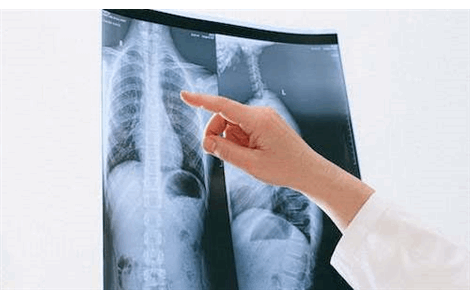
Smoking continues to be one of the most dangerous factors, despite the fact that many others, such as genetic disorders, infections, and environmental exposures, can impair lung function. In this article, we go over the structural and functional variations between the lungs of a smoker and healthy lungs. We also provide some information about when to come to us for a health checkup in Sotogrande.
Healthy lungs versus lungs of smokers
It's possible that smoking will alter the way your lungs look physically. A CAT scan and chest X-ray are examples of diagnostic tests that might be able to identify some of the changes. The chart that follows provides a summary of some common changes to one's physical appearance.
|
Lungs in good health |
Smoker’s lungs |
|
Pink |
Gray or black |
|
Normal size |
Hyperinflated |
|
No inflammation |
Patches of inflammation |
|
Dome-shaped diaphragm |
Diaphragm muscle loss |
Not only does smoking lead to physical changes, but it also disrupts the normal functioning of the lungs. It takes a different amount of time for different people to start noticing the changes taking place in their bodies.
The changes bring on a number of symptoms that make it difficult to maintain normal breathing. The following are some of the general differences that can be observed between the lungs of a smoker and healthy lungs:
Low oxygen levels
It's possible that smoking will cause the capillary walls in your lungs to become thicker and scarrier. Capillaries are very thin blood vessels that permit oxygen to move through them and then on to the tissues of the body. Capillaries are found throughout the body. Capillary damage can impede healthy gaseous exchange, which can lead to decreased oxygen levels in the blood.
Increased production of mucus
Smoking may increase mucus production in the lungs.
Although there are a number of potential causes for this increased mucus production, smoking cigarettes primarily leads to airway epithelial cell damage. As a result of the damage, inflammatory cells grow, which encourage the production of goblet cells and more mucus.
The lungs of many smokers produce moderate-to-large amounts of thick mucus, though its consistency and amount can vary.
Coughing
It is not unusual for smokers to cough frequently or even to develop a persistent cough as a result of their habit. When people smoke, the cilia in their lungs frequently become damaged. Cilia are tiny hairs that are located in the airway and play an important role in preventing dust and other irritants from entering the lungs.
In most cases, smoking causes damage to the cilia by either paralysing or destroying them. This opens the airways up to irritants and makes breathing more difficult. This could result in a cough that lasts for a long time.
A feeling of difficulty breathing
The cumulative effect of the changes that smoking brings about in the lungs can sometimes make it difficult to breathe normally.
It is more difficult to breathe as a result of several of these changes, including the destruction of cilia and damaged cells that line the airways, as well as an increase in mucus. As a consequence of this, experiencing shortness of breath during even light physical activity is possible.
Wheezing
In general, the lungs of smokers have a higher level of inflammation than the lungs of healthy people. It's possible that the chemicals in cigarettes cause tissue damage in the lungs, which can then lead to inflammation. Inflammation of the lungs causes a narrowing of the airways, which frequently results in chest tightness and wheezing.
Health checkup in Sotogrande
In a number of ways, the lungs of smokers are distinct from the lungs of healthy people. Not only can smoking alter the outward appearance of the lungs, but it can also cause functional changes, such as the destruction of the cells that line the airways, the cilia, and the capillaries in the lungs.
The structural damage may be the cause of a variety of symptoms, including a persistent cough, increased mucus production, and shortness of breath. Stopping or giving up smoking is the most effective way to avoid having to deal with this situation. Quitting smoking can be accomplished in a variety of ways, such as through the use of medication, nicotine patches, and behavioural counselling.
If you’re concerned about the state of your lungs or are planning on stopping smoking and wish to check the before and after results, contact us for a health checkup in Sotogrande.